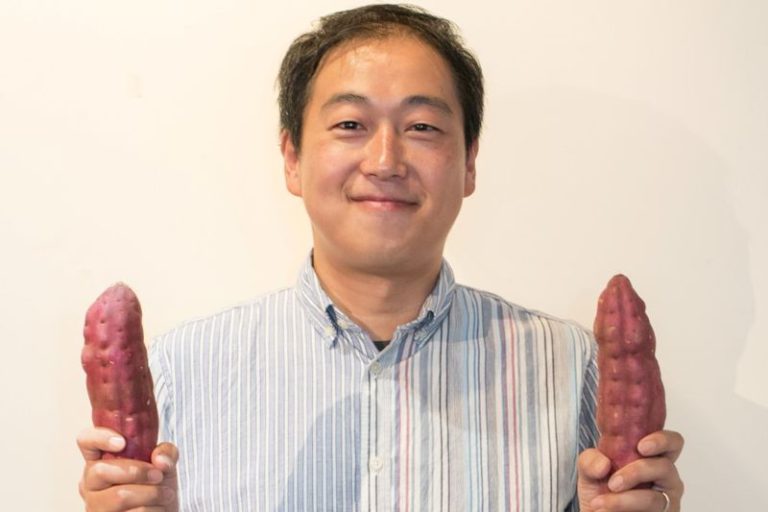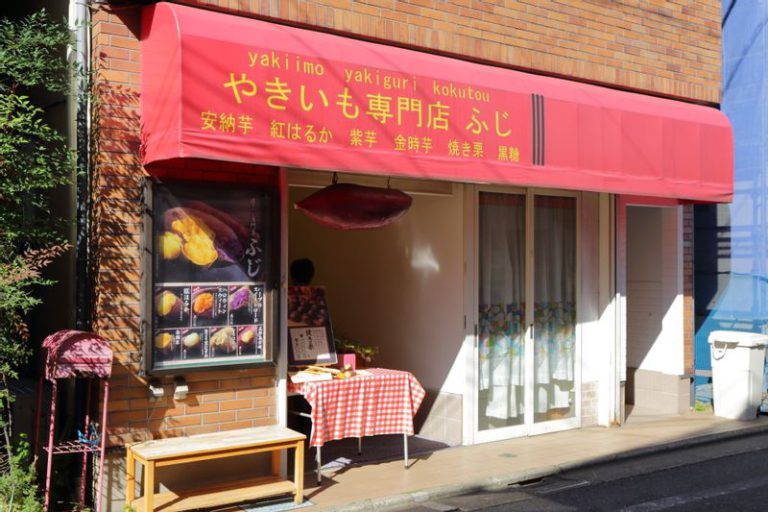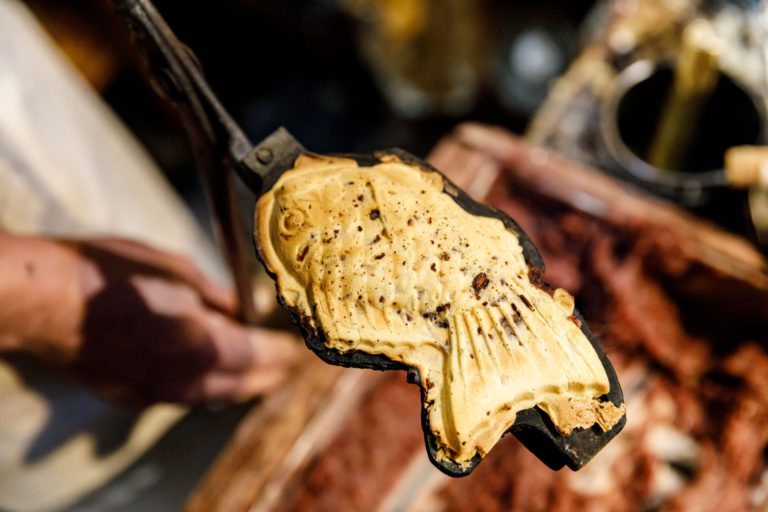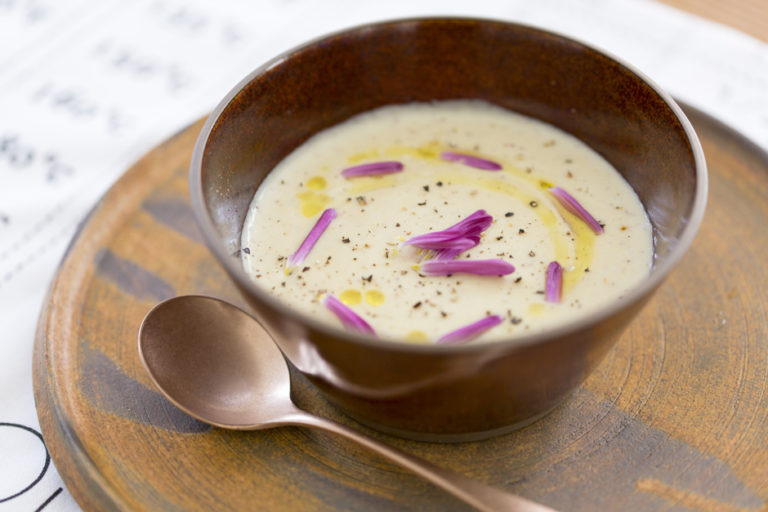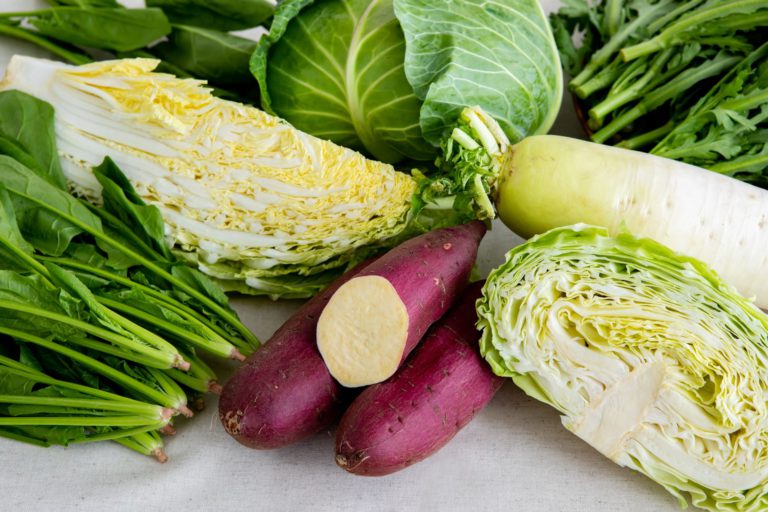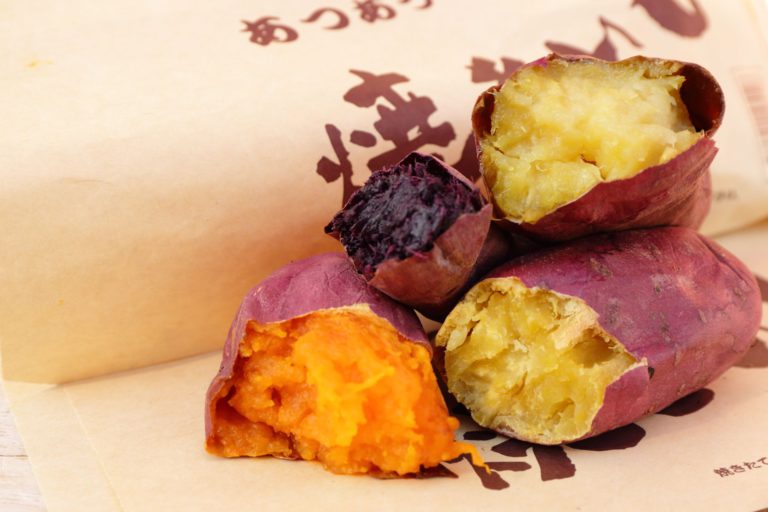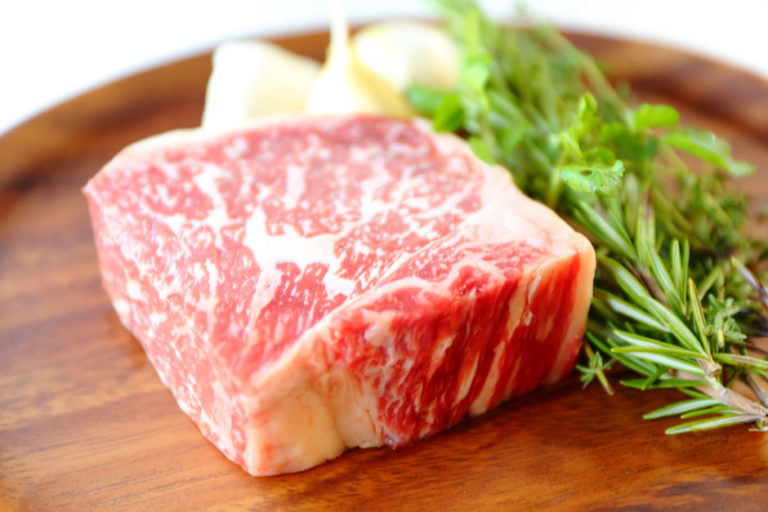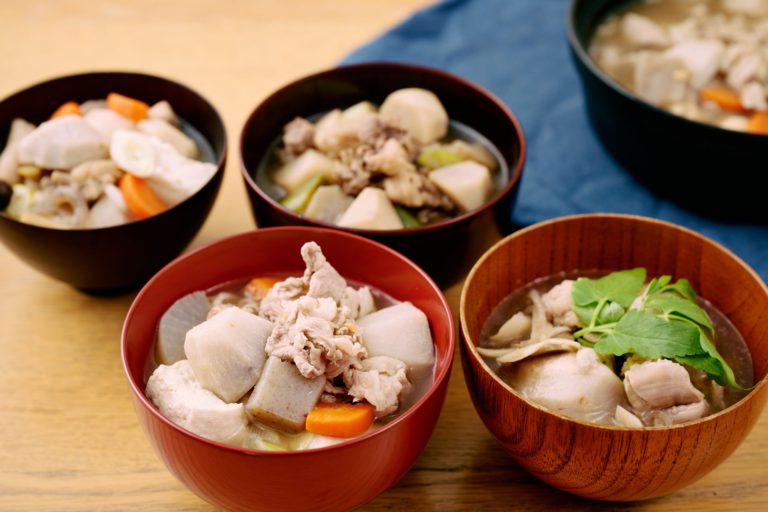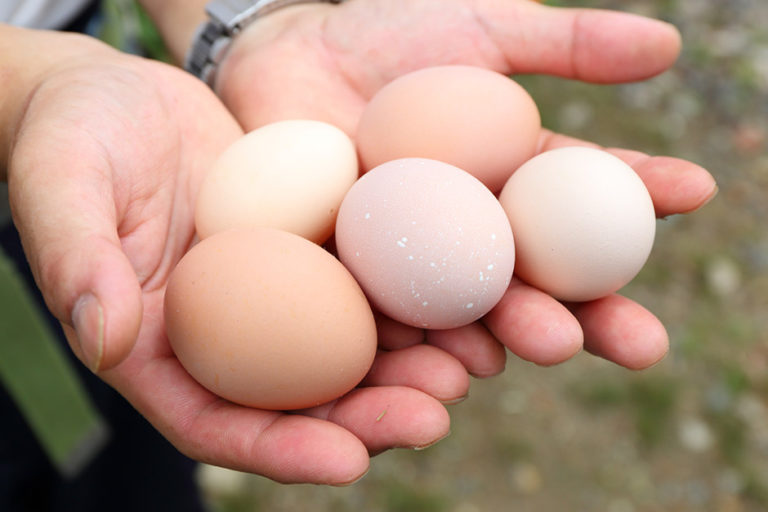Roasted Sweet Potatoes, A Winter Snack That Has Been Around for 300 Years
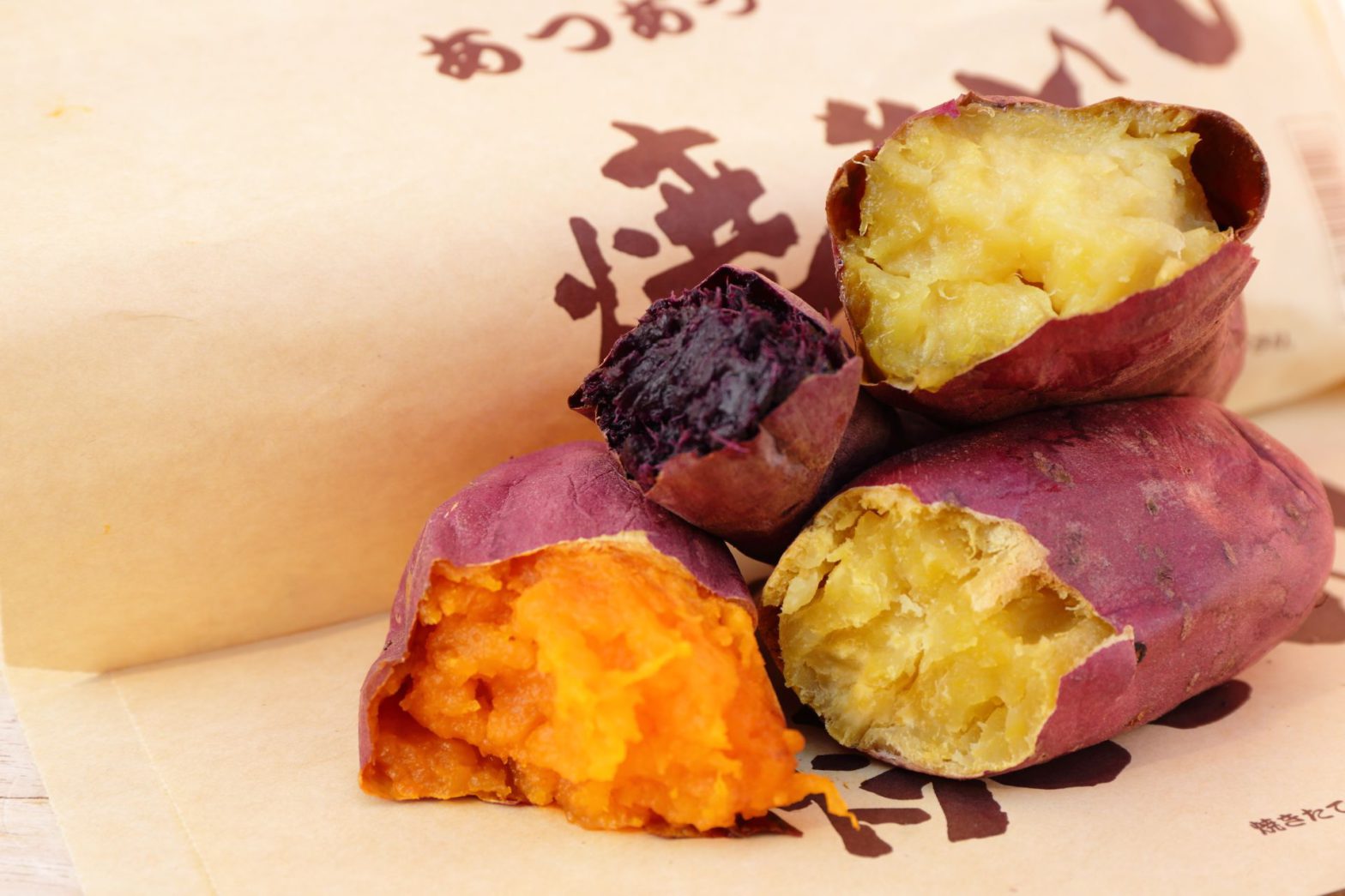
An Edo custom and a winter snack
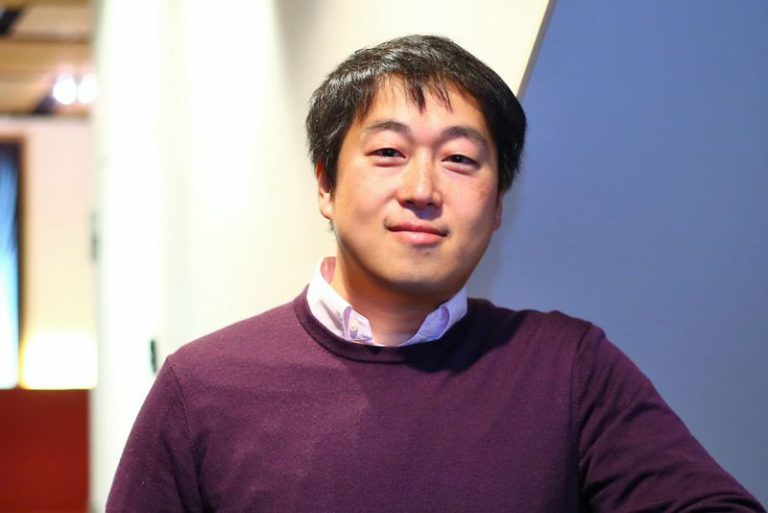
We spoke with Ayuki Hashimoto, president of the Sweet Potato Ambassador Association, to learn about roasted sweet potatoes’ history and food culture.
“We find sweet potatoes all over the world, but they are mostly eaten as a meal and are not as sweet as the Japanese variety. The Japanese variety is the best for a roasted sweet potatoes that can be enjoyed as a sweet treat,” says Hashimoto.
Sweet potatoes are believed to have originated around Mexico in Central and South America and spread to various parts of Japan through the Ryukyu Kingdom and the Satsuma clan in the early Edo period (1603-1867). Sweet potatoes began to be produced in the Kanto region by the mid-Edo period, and the area around the present-day Kawagoe, Saitama Prefecture, grew into a major production area that supplied sweet potatoes for roasting to the entire city of Edo (present day Tokyo).
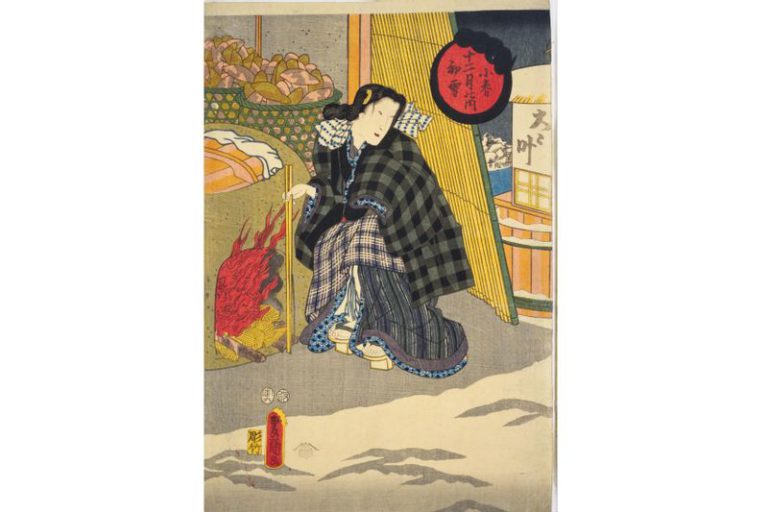
出典:国立国会図書館デジタルコレクション
Between steaming and roasting sweet potatoes, Edokkos preferred them roasted. During the Kansei period (1789-1801), Edo’s kido banya (huts used by the gatekeepers of each town) also served as shops selling sundries and sweets. Sweet potatoes were placed on the bottom of an earthenware pot called horoku atop a mud stove built on the shop’s dirt floor or under the eaves and covered with a heavy wooden lid to steam roast before being sold.
Roasted sweet potato shops, the gatekeepers’ side job, were very prosperous. “In today’s monetary terms, about 6.5 million yen’s worth of roasted sweet potatoes were sold in a season, and the market in entire Edo was about 600 million yen,” says Hashimoto.
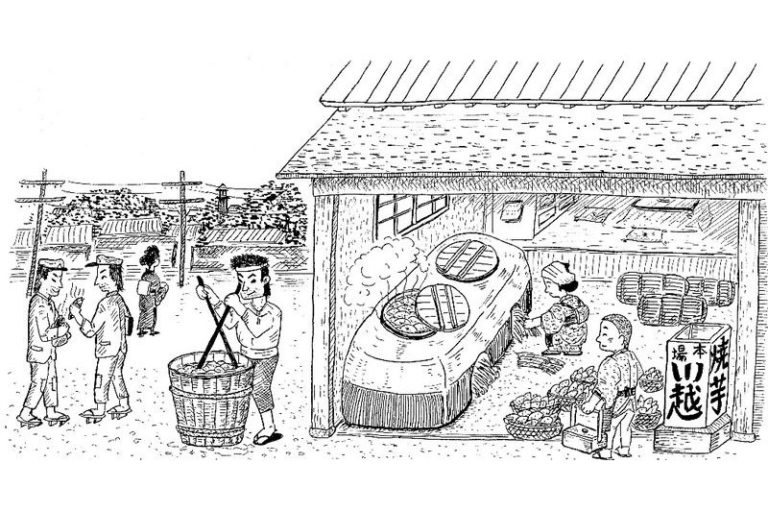
The Meiji period (1868-1912) was the heyday of the lucrative roasted sweet potato shops. Large stores specializing in roasted sweet potatoes emerged primarily in the downtown area of Tokyo, selling their wares from three or four large stoves with a diameter of one meter. However, after the Great Kanto Earthquake (1923), during Tokyo’s recovery period, people began to prefer new things, and their tastes diversified to include Western pâtisserie and Daigaku imo (deep-fried sweet potato chunks tossed in syrup). Roasted sweet potato shops went back to being a small business, roasting sweet potatoes in tiny pots.
From post-World War II stone-roasted sweet potato shops to electric oven-roasted

When the Pacific War broke out in 1941, sweet potatoes became one of the products controlled by the national government, and roasted sweet potato shops in Tokyo were forced to go out of business or suspend operations, and most of the oven-roasted and pot-roasted sweet potato shops disappeared during the war. Ishiyaki imo shops appeared in 1950 when sweet potatoes were released from the government’s control for the first time in 10 years. A new way of selling sweet potatoes was invented, in which a pebble-filled iron box was placed on a cart to roast and peddle sweet potatoes on the streets. There were more than 1,000 Ishiyaki imo vendors in Tokyo alone around 1970.
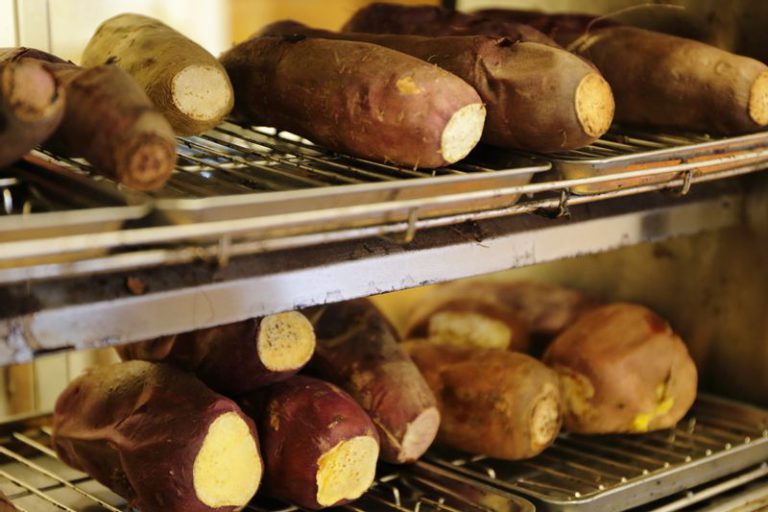
We have just reviewed the long history of roasted sweet potato shops, but we are actually in the midst of a boom. The era of Ishiyaki imo was the third boom, and we are now in the fourth boom. It started with the placement of small electric sweet potato roasting machines in supermarkets, making it easy for customers to buy freshly roasted sweet potatoes.
“The development of sweet potato varieties is another factor. We have more varieties that are much sweeter and stickier in texture than in the past, such as Anno imo, Beniharuka, and Silk Sweet,” comments Hashimoto.
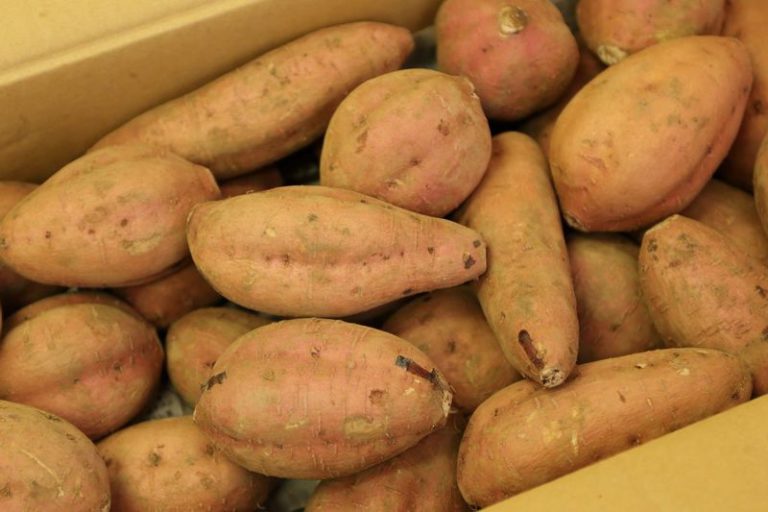
Anno imo, which has become synonymous with sticky and sweet roasted sweet potatoes, is a brand of potatoes from Tanegashima Island. It is also called “Mitsu imo” (Mitsu = honey) as its sugar content rises to nearly 40 degrees Brix when roasted. However, its production areas were limited, and the taste varied significantly. A new variety, Beniharuka, was developed by the National Agriculture and Food Research Organization (NARO), and its production expanded steadily in Kyushu and the Kanto region in the 2010s. Beniharuka has become the standard variety for roasted sweet potatoes for its rich sweetness and creamy texture.
Various other varieties, including Kokei No. 14 (Naruto Kintoki, etc.), grown primarily in western Japan, and Beniazuma, the mainstream in the Kanto region, vie for individuality.
Roasted sweet potatoes come with various looks, tastes, and textures according to the variety
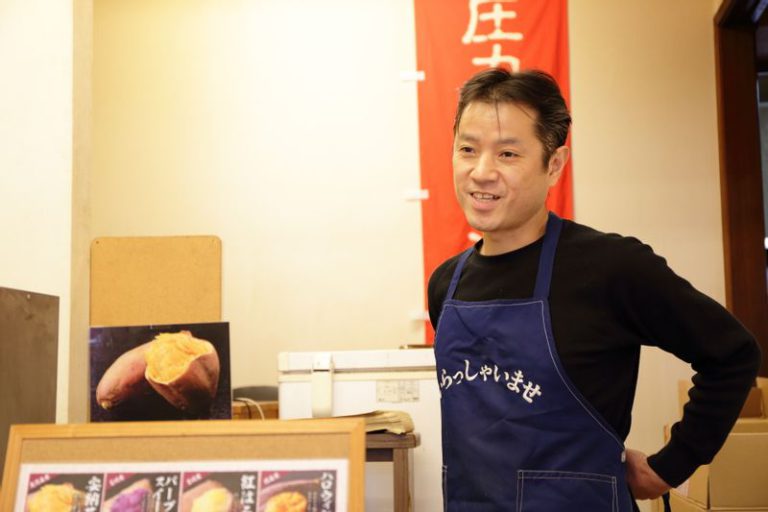
Fuji, a roasted sweet potato specialist shop in Gotokuji, Setagaya, sources rare varieties of sweet potatoes from across Japan, and you can compare them. Koji Uehara, the shop’s manager, introduced us to a few varieties the shop currently carries, including some rarely available brand varieties.
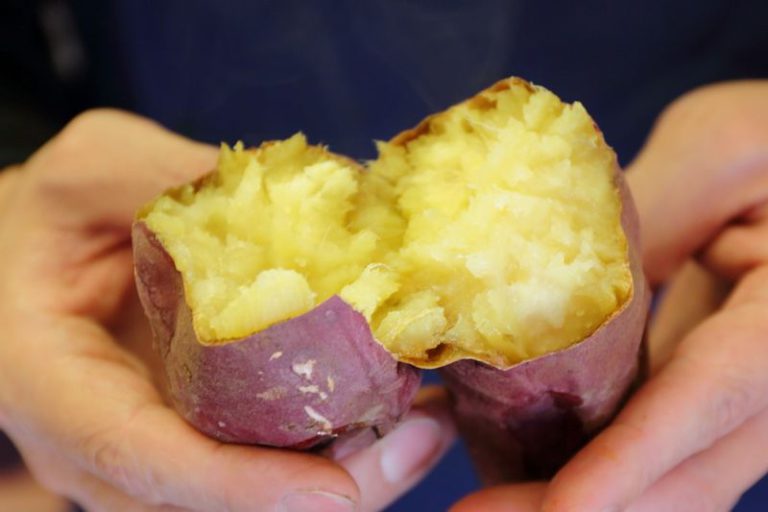
Beniharuka
Beniharuka takes on a sticky texture and intense sweetness as it ages. It is amazing how sweet it becomes when just baked in the oven. The variety is easy to find and reasonably priced as it is produced abundantly.
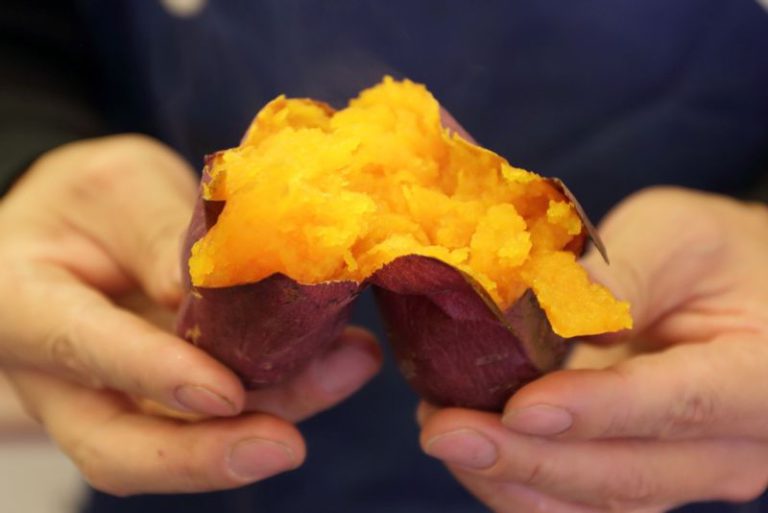
Halloween Sweet
The vivid orange-colored sweet potato was developed by a seed and seedling manufacturer. Although it has a sticky texture, it tastes more like a carrot than a Halloween pumpkin because it is rich in carotene.
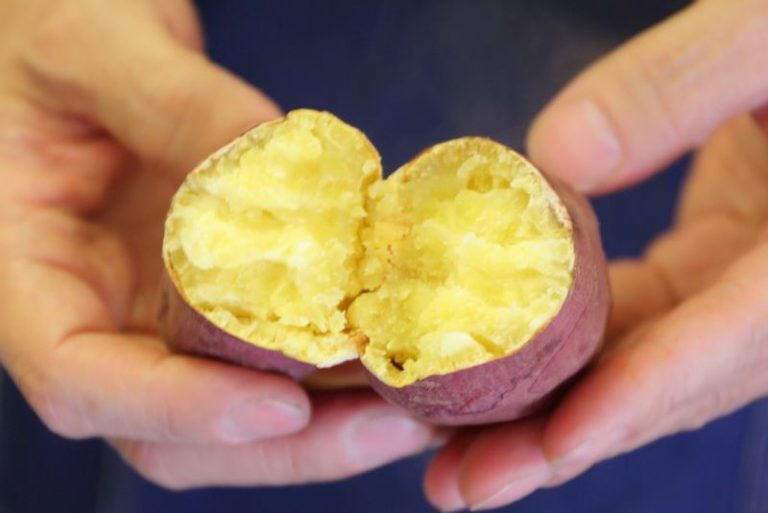
Naruto Kintoki Satomusume
Naruto Kintoki is a popular variety in western Japan. In particular, Satomusume is a brand-name variety grown only in Satoura district, Tokushima Prefecture. It is an old-fashioned fluffy sweet potato with a delicate sweetness and firm texture that feel nostalgic.
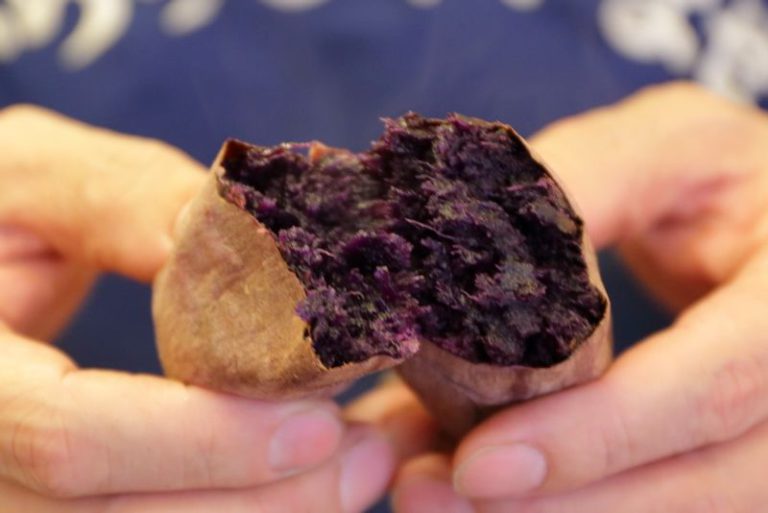
Fukumurasaki
Fukumurasaki is a new variety that is attracting attention now. It is an improved version of the purple sweet potato, which was not suitable for roasting due to its mild sweetness, so this variety is properly sweet. The dark purple color is due to its rich polyphenol content, so it has a strong flavor.
According to Uehara, many Chinese and Taiwanese tourists visited the store before the COVID-19 pandemic, and roasted sweet potatoes were very popular as a unique Japanese food culture. He says the purple potatoes are well liked, especially in China.
How to make delicious roasted sweet potatoes at home
Hashimoto gave us some tips on how to make roasted sweet potatoes at home.
“Since sweet potatoes sold in supermarkets are generally large, it’s best to choose ones that are smaller than the size of your wrist so they can be cooked through easily if you want to roast them at home. Sweet potatoes don’t lose their flavor due to their size,” advises Hashimoto. Set the toaster oven to 160 to 170 degrees Celsius and roast slowly for about 90 to 120 minutes to bring out the sweetness.
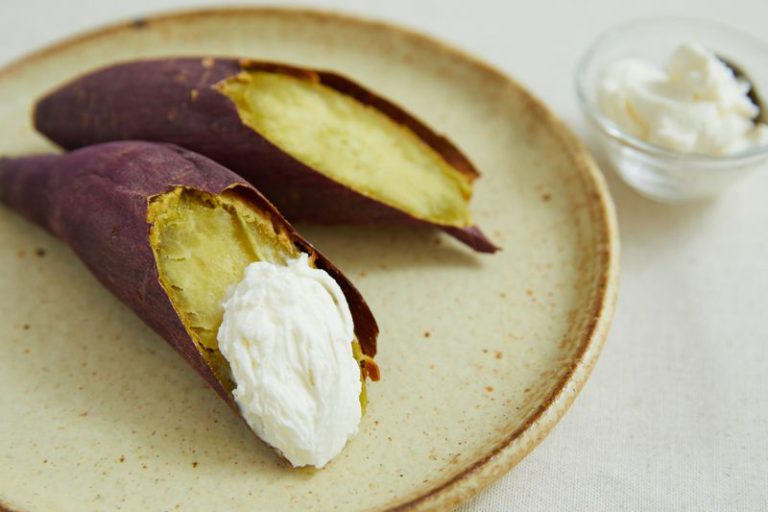
“You can wrap them in aluminum foil, but I also recommend roasting them as they are because I think the burnt skin is also tasty. You can put mustard on them, and cream cheese also goes well because sweet potatoes pair well with dairy products. Please give them a try,” says Hashimoto.
Sweet potato harvesting begins in autumn, but they are most delicious from December to February as the sweetness increases when they are aged for a while. How about getting your favorite variety and enjoying the winter flavor of roasted sweet potatoes?

